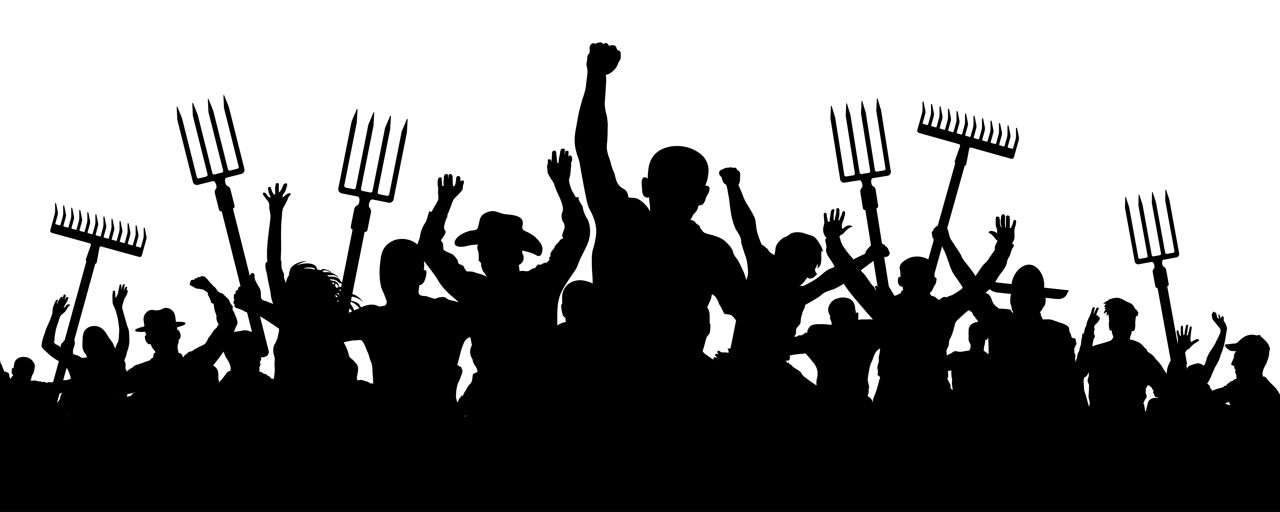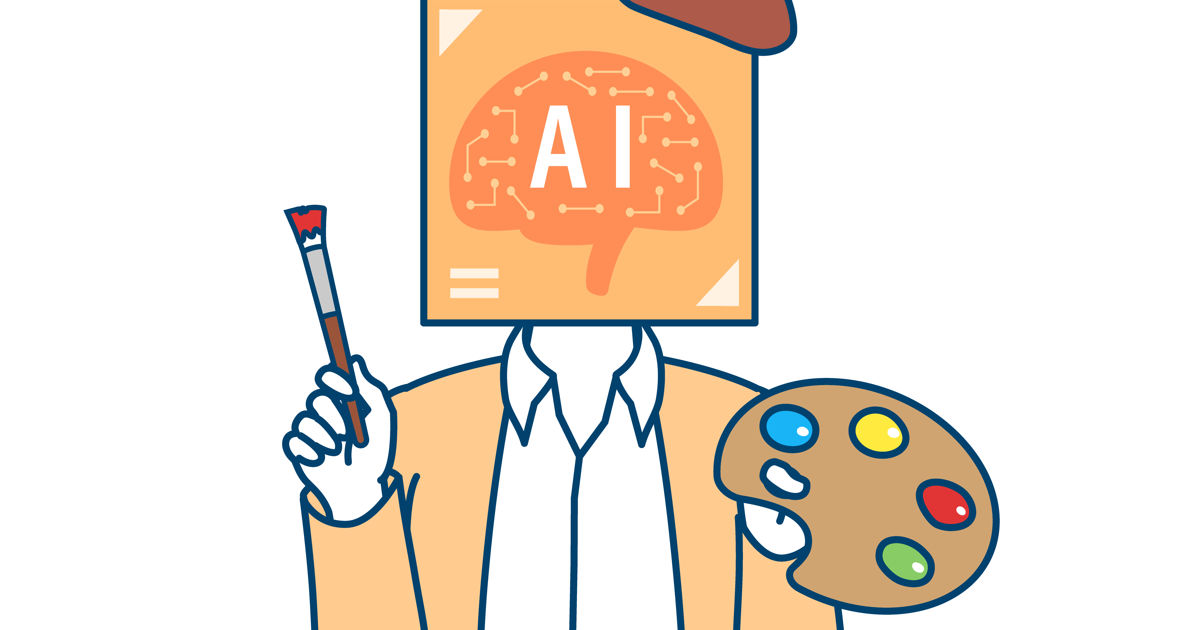Art directors; AI won't brush you aside, but it will paint a new picture for your role
Artificial intelligence will usher in many changes to a creative's role but, says VJ Anand, Executive Creative Director EMEA at VaynerMedia, change should be embraced, not feared.
The fear that robots will one day take our jobs is as old as science fiction itself. However, the recent advancement of artificial intelligence, and its domination of public consciousness this year, has made many worry that the day of reckoning is upon us.
Goldman Sachs predicts that the equivalent of 300 million jobs will be lost or degraded.
Goldman Sachs predicts that the equivalent of 300 million jobs will be lost or degraded if generative AI can deliver on its many promised capabilities. These range from producing content including text, images and audio which, at their simplest, are the creative industry’s bread and butter.
But there is no need for art directors to start sharpening their pitchforks and storming toward ChatGPT’s office. AI was invented as an assistant, and its steady adoption actually provides modern art directors with many opportunities.

Above: There is no need for art directors to start sharpening their pitchforks and storming toward ChatGPT’s office.
The art of the prompt
Generative AI isn’t the freewheeling, sentient being we’ve seen portrayed in movies. It’s just as its name states –artificial intelligence – wholly reliant on human guidance in the form of prompts. It provides the modern art director with a chance to take back some of their precious time and be ahead of the game, just by extending ever so slightly beyond their role.
Those who are willing to lean into the new tech and learn how to efficiently prompt the tool with interesting and creative inputs will, in turn, receive interesting and creative outputs. It sounds simple – and perhaps a little surprising – but the art of the prompt will be a key skill creatives will need to master sooner rather than later.
The art of the prompt will be a key skill creatives will need to master sooner rather than later.
AI shouldn’t create the final product alone but, for many businesses, it is assisting with the monotonous day-to-day tasks, like image recognition and analysis, copywriting and creating personalised content based on data insights. Many of us will remember working on and waiting for storyboards could waste days. Now, with tools like MidJourney, generative AI can develop the shootboards and storyboards in a fraction of the time, leaving creative teams with more time to put into other activities.
The best prompts need to be simple and concise, made up of three to seven words. The primary idea must be clear, then followed by the finer details that the tool may have missed the first time around. Can you think of any client brief that you’ve received that was made up of only three to seven words? This exercise in brevity and focus is a skill in itself.

Above: Any AI-generated content will need additional layers of human intuition and expert intervention.
The future of the role
AI’s transformative potential is clear, picking up the day-to-day tasks that clog up a creative’s to-do list. But that doesn’t mean it should be relied upon in isolation. Advertising art directors are, in-short, brand guardians, responsible for ensuring that any ideas are relevant and developed in line with a client’s specific brand. Something an AI isn’t capable of doing.
AI can’t be trusted to build the visual identity of a brand on its own, nor would I recommend it being used in this way.
I predict the role of the art director, along with a range of other positions, will adapt with the adoption of these new technologies. AI can’t be trusted to build the visual identity of a brand on its own, nor would I recommend it being used in this way. AI imitates; it harnesses patterns and data from across the internet to produce bland and homogenous content; effective for first drafts but not for a final product. It cannot comprehend the core of creativity, nor develop original ideas that understand nuance in the way that humans can. Someone will always need to steer the ship.
Any AI-generated content will need additional layers of human intuition and expert intervention. It will require an individual to sift through data before developing it in line with the intricate brand and brief. The expansion of social media in recent years has created an array of niche communities and cohorts, rife with unique qualities and interests that AI may not be able to grasp. Art directors are experienced in understanding these characteristics and how to target them effectively.

Above: Art directors, and advertising in general, need to embrace AI - its strengths and its weaknesses - in order for the industry to develop.
Along with adjustments to the art director’s job, we may see the creation of new job roles in the advertising industry that require a combination of creative and technical skills. Like a 'prompt director/engineer' to provide AI with practical yet creative prompts to deliver the required outcome.
Jobs are going to change, as they did when the internet was created.
Rather than be fearful of the future of artificial intelligence and what it means for the industry, art directors need to face it. It’s uncharted territory, and what’s ahead of us is murky, but those who adapt to the changes, embrace AI for both its strengths as well as its weaknesses and allow their role to develop in line with the technology, will reap the rewards – personally and professionally.
Jobs are going to change, as they did when the internet was created. Change is inevitable, and we can all benefit from reframing it not as the end but, instead, as the beginning of new possibilities.
)




 + membership
+ membership








